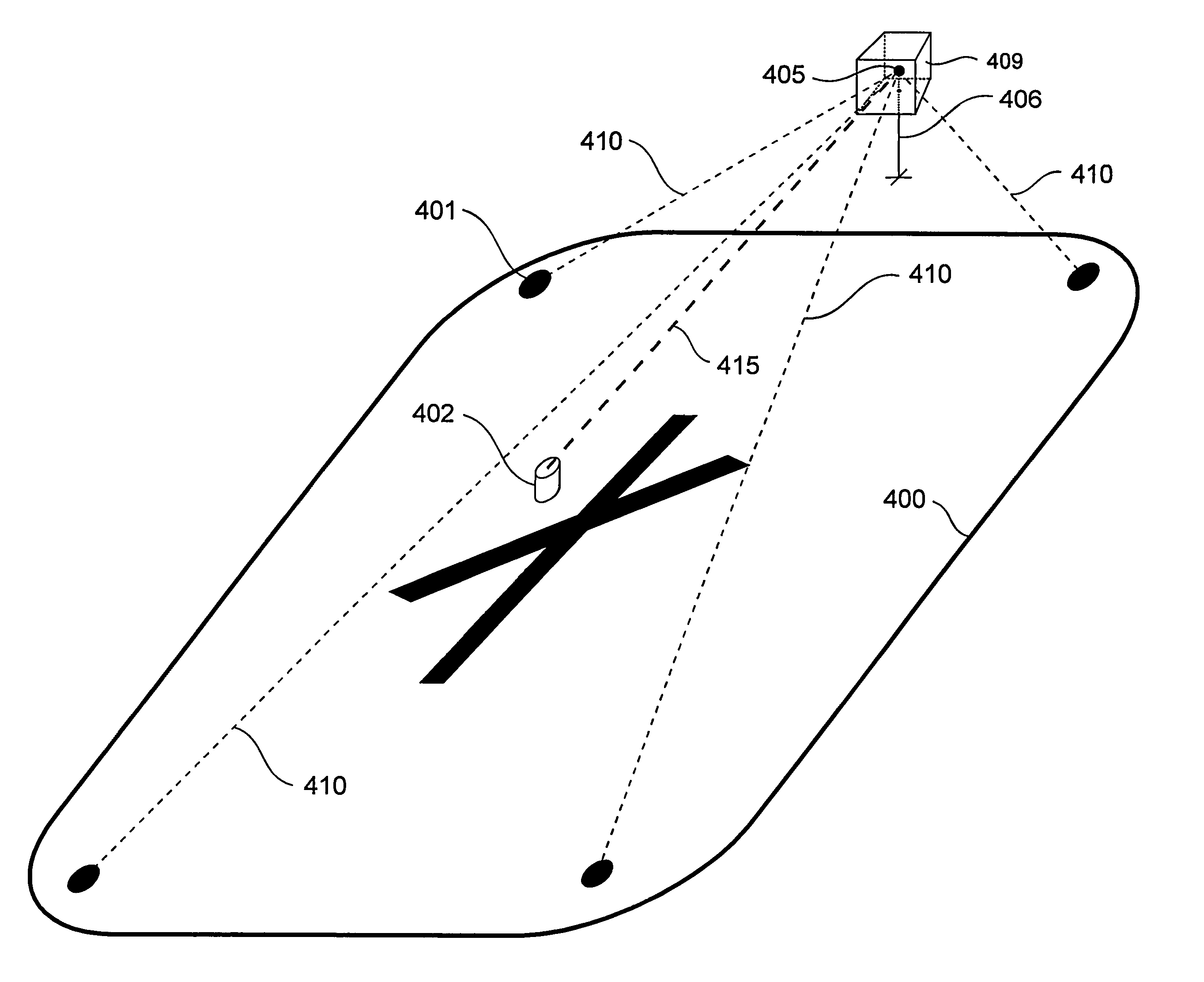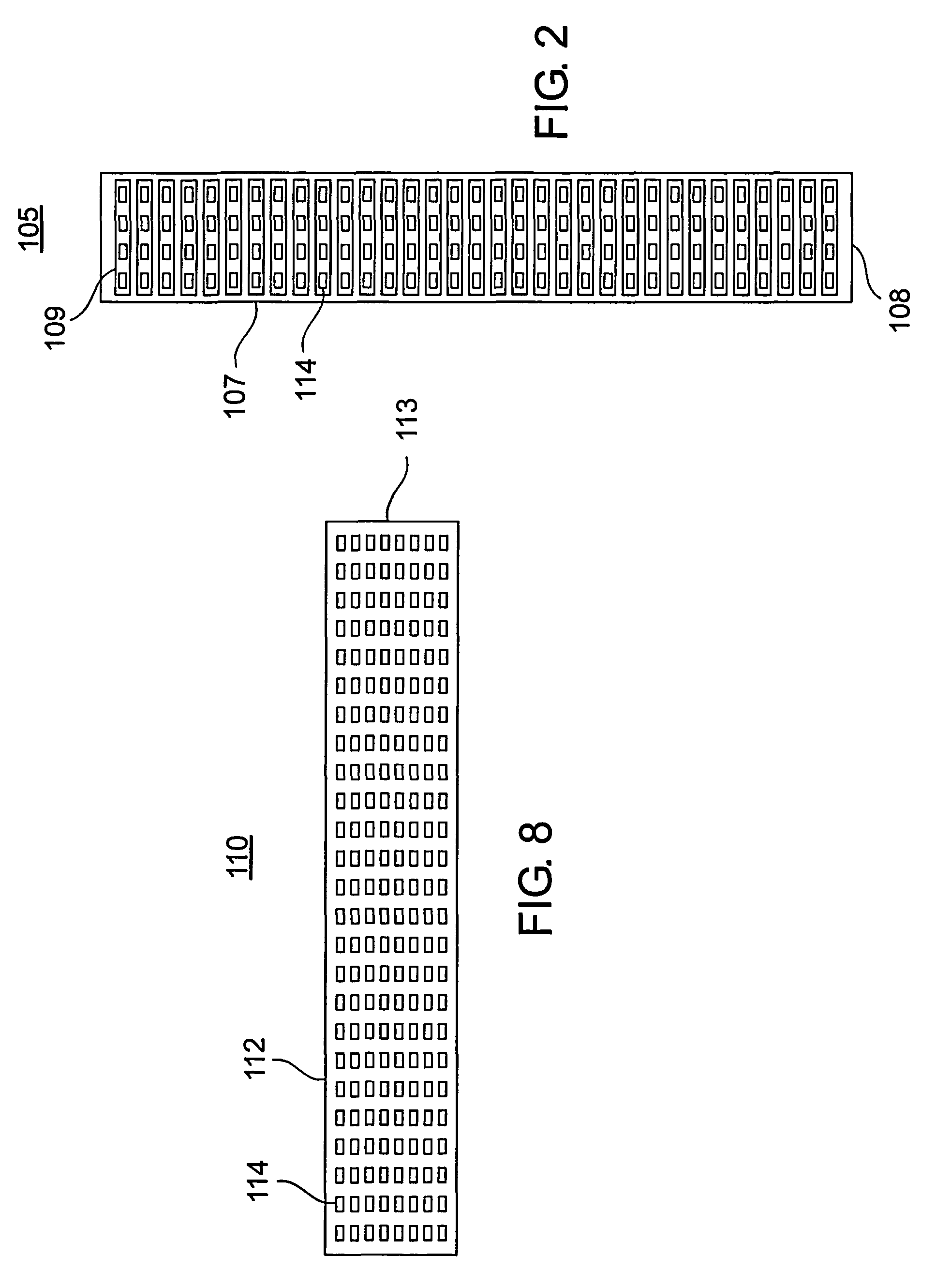Three dimensional radar method and apparatus
a three-dimensional radar and three-dimensional technology, applied in the direction of leaky-waveguide antennas, instruments, antennas, etc., can solve the problems of over $2 billion in annual cost to military and commercial aviation, nearly 200 people have been killed or injured, and daily collisions of birds with planes
- Summary
- Abstract
- Description
- Claims
- Application Information
AI Technical Summary
Benefits of technology
Problems solved by technology
Method used
Image
Examples
Embodiment Construction
[0026]The goal of the present invention is to provide a low cost avian radar with very advanced features. The radar's primary feature is precise target height determination because aircraft danger from birds primarily depends on bird altitude. Birds far below or above an aircraft pose no danger to the aircraft even if both the bird and aircraft occupy the same 2D range / azimuth position on a radar display. The height resolution of most current avian radars is on the order of 1000 feet at ranges greater than about 1 km. Therefore, there is currently no way to determine if birds and aircraft displayed on a collision course are actually a threat when using a 2D display.
[0027]FIG. 1 illustrates 4 bistatic transmitters 401 deployed around airport perimeter 400. Bistatic receiver 402 is positioned near the airport center. Avian target 405 is somewhere within the design range of the bistatic transmitter array. Bistatic transmitter signals 410 illuminate target 405 at height 406 and their re...
PUM
 Login to View More
Login to View More Abstract
Description
Claims
Application Information
 Login to View More
Login to View More - R&D
- Intellectual Property
- Life Sciences
- Materials
- Tech Scout
- Unparalleled Data Quality
- Higher Quality Content
- 60% Fewer Hallucinations
Browse by: Latest US Patents, China's latest patents, Technical Efficacy Thesaurus, Application Domain, Technology Topic, Popular Technical Reports.
© 2025 PatSnap. All rights reserved.Legal|Privacy policy|Modern Slavery Act Transparency Statement|Sitemap|About US| Contact US: help@patsnap.com



